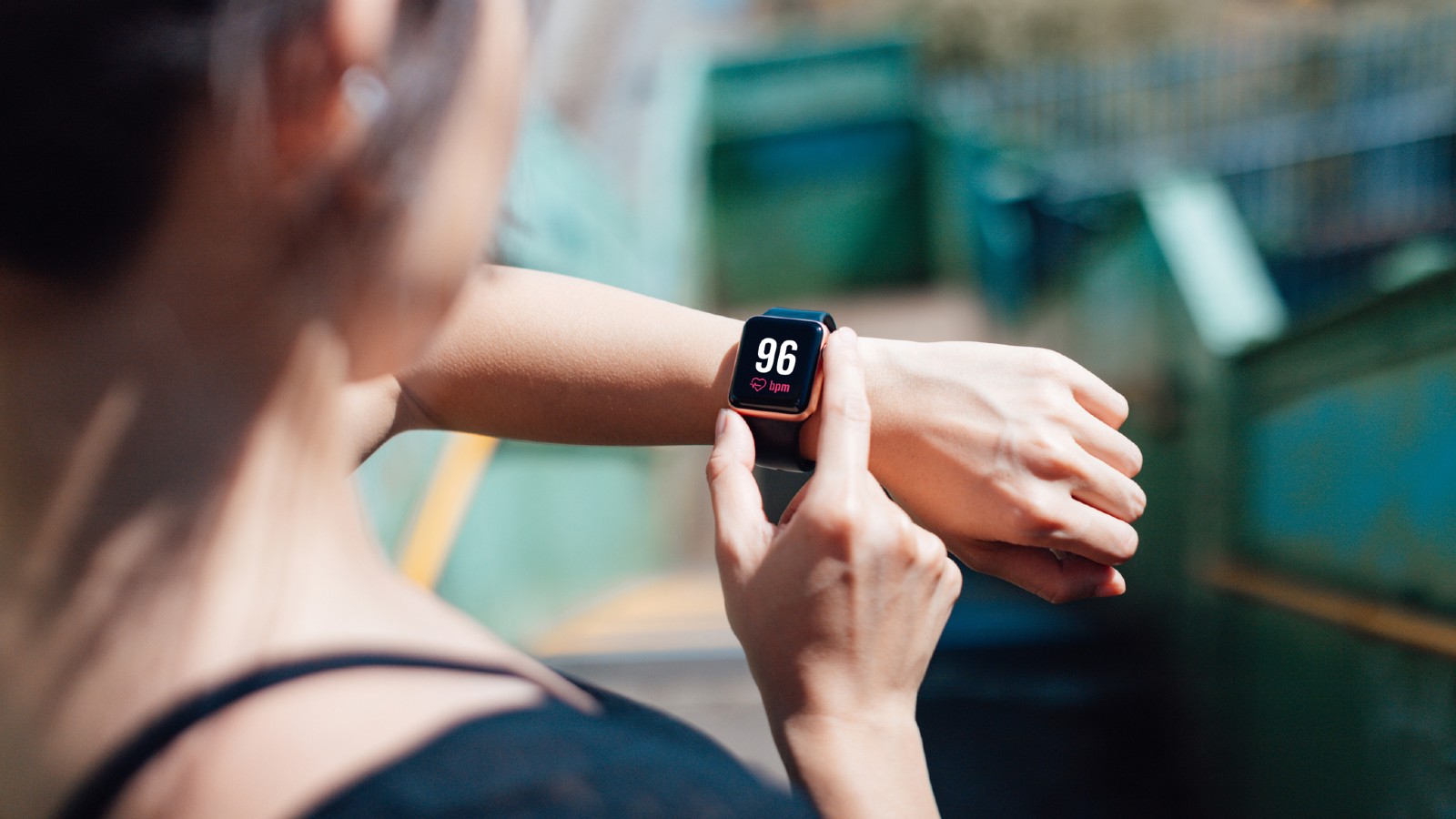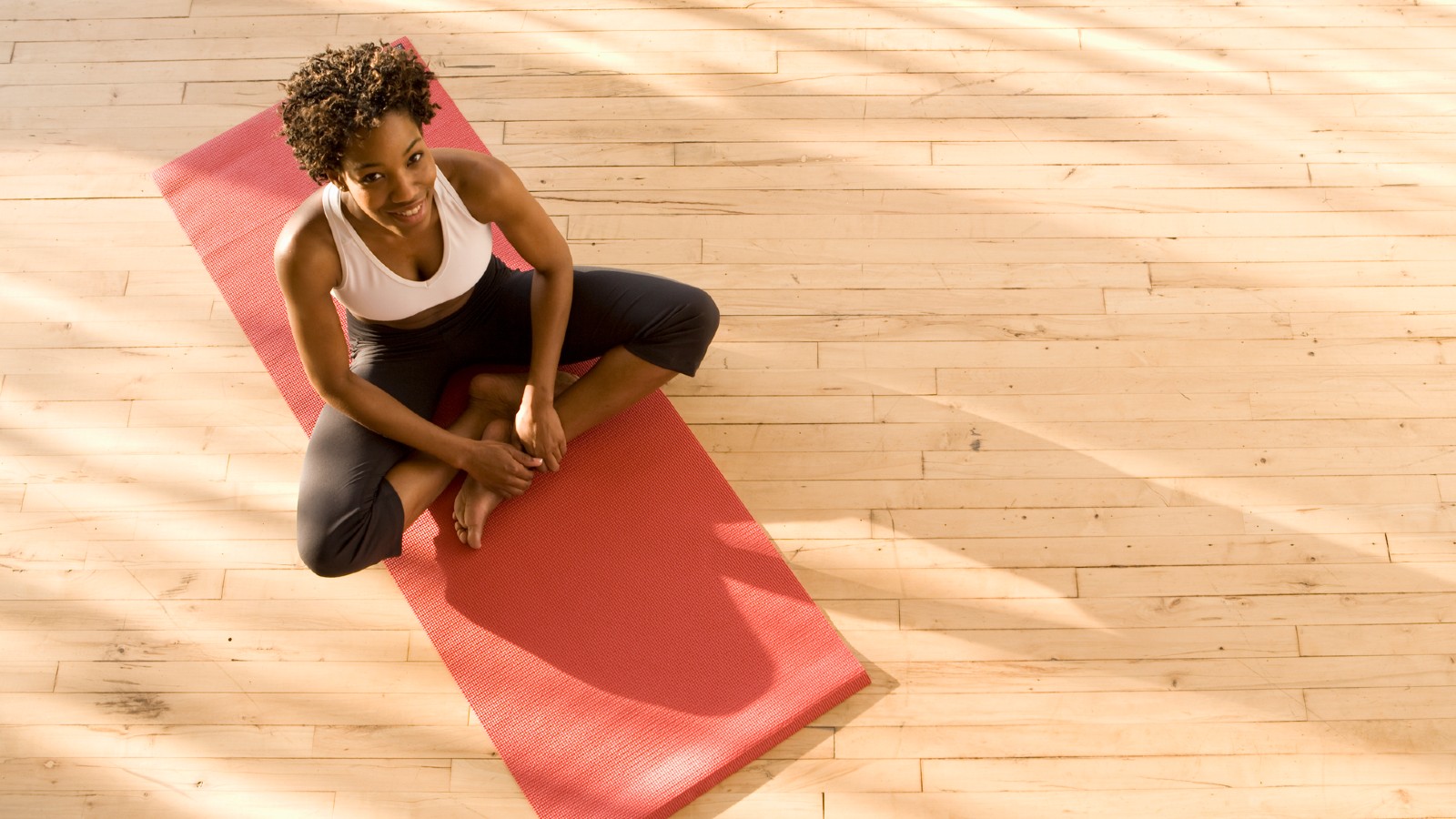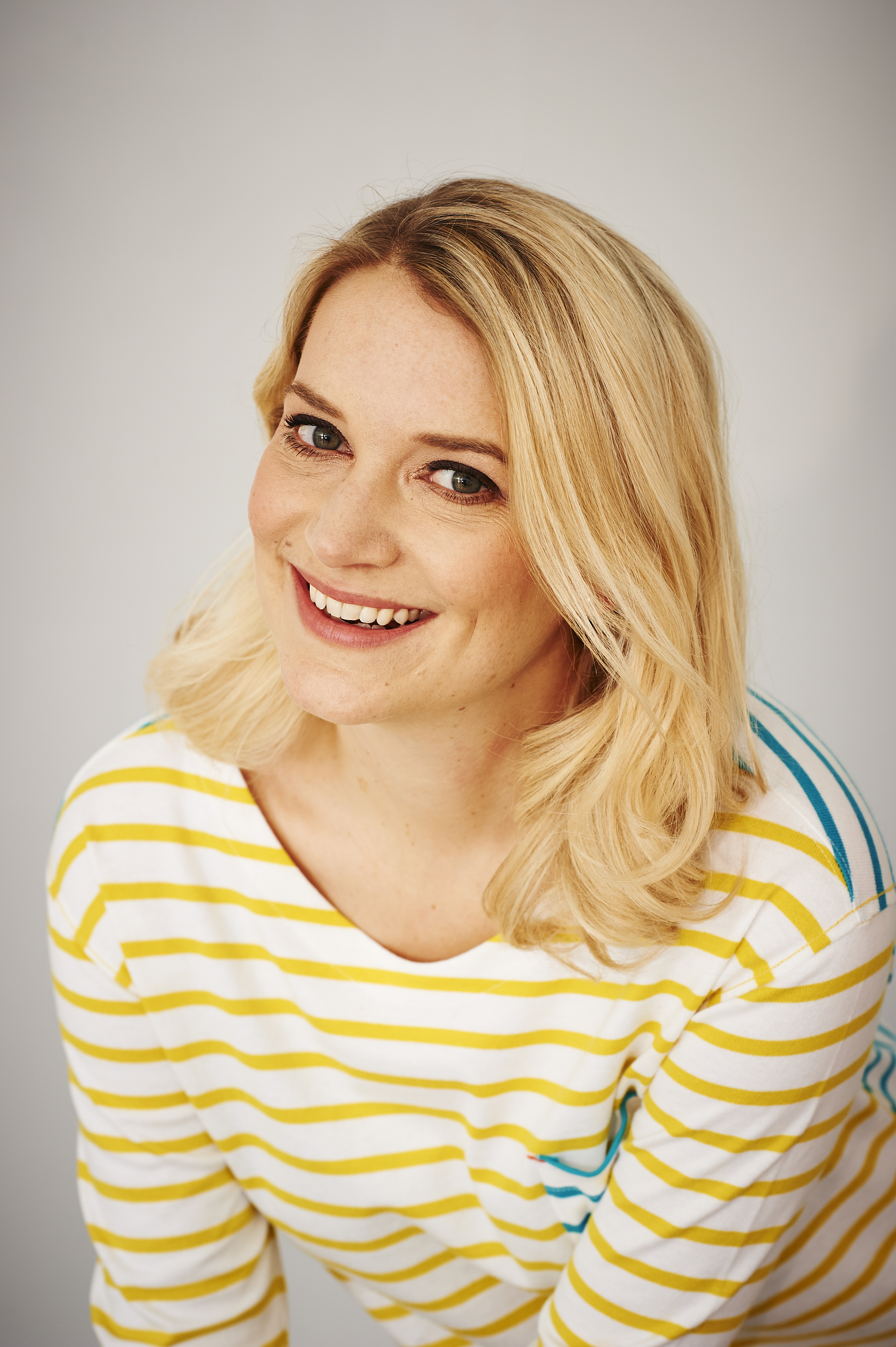8 simple home health checks for tracking and improving your health
These easy home health checks will reveal where you might need to make some tweaks to your diet or fitness regime


Home health checks are an easy way to test how fit and healthy you are, whatever your age. In fact, in certain situations, such as when it comes to your heart or lungs, a quick home health check could be a potential lifesaver. “Certain measurements and readings can give a clear perspective of your health and serve as benchmarks,” says pharmacist Abbas Kanani. “These numbers also help motivate people to take steps to try and improve it.”
Whether you want to know what condition your heart is in, if you have anemia, whether you need an urgent eyesight check, or even how long you may live for, your body can help reveal subtle clues. You just need to know where to look.
What’s more, many of these health checks will show results that you can drastically reverse with some easy lifestyle changes. All you may need to do is start eating more healthily and adding some extra exercise to your routine. Your prescription could be to lace up the best women’s walking shoes for an hour or two a week or try an online yoga class. All of which can be done without an expensive gym membership. Here are the home health checks you need to know...
Home health checks you need to try
While these home health checks have been devised with expert guidance, if you have any health concerns, then always speak to your healthcare provider without delay.
1. Artery health
How to do it: Use the cushion test. Lie on your back on a bed and elevate both (bare) legs to a 45-degree angle on cushions. Hold them there for one minute, then quickly hang your legs down over the side of the bed at 90 degrees.
Results: This test checks for peripheral arterial disease (PAD), where the arteries that supply the leg muscles become furred up and can cause high cholesterol, high blood pressure, and type 2 diabetes. If one or both of your feet or legs become very pale when elevated but take several minutes to return to their normal color, or become bright red when hanging, you could have blocked arteries and need to see your doctor.
Boost your health: Exercise for 30 minutes a day, five days a week. Include avocado, broccoli, asparagus, chia seeds, salmon, mackerel, and tuna in your diet, and drink green tea.
Sign up to our free daily email for the latest royal and entertainment news, interesting opinion, expert advice on styling and beauty trends, and no-nonsense guides to the health and wellness questions you want answered.

2. Physical fitness
How to do it: Try the resting heart-rate trick. You’ll need a stopwatch or a watch with a second hand. To find your pulse, put your middle and index finger on the inside of your wrist. Count how many beats you feel in 20 seconds, and multiply by three for your resting heart rate. Do this while lying in bed when you’re most relaxed.
Results: A normal resting heart rate is between 60 and 100 beats per minute. However, some research indicates that a rate of 80 or above is worth tackling. The slower your resting heart rate, the more efficiently your heart is pumping blood around your body, and is an indicator of physical fitness (a marathon runner might have a pulse in the 50s). See a medical provider if your resting pulse is over 100 or below 60 (unless you’re an athlete), or if it skips beats or doesn’t keep a regular rhythm.
Boost your health: You can lower your resting heart rate through exercise, reducing stress, stopping smoking and losing weight.
3. Risk of developing diabetes and heart disease
How to do it: The waist-to-hip ratio check is an easy way to tell if you are overweight, and therefore at risk of developing diabetes and heart disease. To measure your waist, find the narrowest area between your tummy button and the bottom of your sternum (breastbone). To measure your hips, stand so you can see your side view in a mirror and measure the widest part. Then divide your waist measurement by your hip measurement.
Results:
Less than 0.75 = ideal
0.75-0.8 = low risk
0.81-0.85 = moderate risk
Greater than 0.85 = high risk
Boost your health: If your ratio is 0.81 or above, eat a balanced diet, avoiding processed foods, and build some squats and lunges into your workout. These exercises can also help ease stiff joints.

4. Lung and heart health
How to do it: The stairs trial can check for lung health. Briskly run up two flights of stairs.
Results: If you can do this without pausing to rest, your lungs are in fairly good shape. If you experience extreme shortness of breath or have to stop, it’s a sign your lungs are suffering some degree of distress–whether that’s due to your lungs or heart.
Boost your health: Fitness for women is really important for staying healthy throughout life. Get active for 30 minutes each day to increase the efficiency of oxygen transportation and metabolism, and up your intake of salmon, avocado, oranges, carrots, pumpkins, blueberries, seeds, and nuts. You could also try strength training to help build core strength.
5. Flexibility
How to do it: Lie on the floor with your legs straight out in front of you. Inhale and lift your arms up above your head, then as you exhale lower your arms and use your hands to lift your left leg up towards the ceiling, trying to keep your leg as straight as possible. Your right leg should stay horizontal to the ground. Repeat on the other leg.
Results:
Raised leg half bent = needs work
Raised leg almost straight = average
Raised leg straight = excellent
Boost your health: The benefits of yoga can be endless, and can really help your flexibility. Search yoga for beginners on YouTube. There are plenty of classes and practice poses to try at home.

6. Longevity
How to do it: Carefully lower yourself from standing to sitting cross-legged on the floor. Then get back up. Your maximum score is 10. Five points for sitting and five for standing back up. Lose a point every time you use a hand or knee for support, and half a point every time you wobble.
Results: “In a study of 51 to 80-year-olds, those with the lowest score were five to six times more likely to die in the next six years than those with the highest,” says physiotherapist Sammy Margo. Don’t panic–just take it as a sign you need to make changes now, such as getting more active. And keep practicing, it’s easier to get a higher score if you repeat this regularly.
Boost your health: Always asking yourself how much exercise per week should I do? Aim for 150 minutes of moderate-intensity activity a week. This can include walking, running, swimming, or any other activity you enjoy.
7. Age-related macular degeneration (AMD)
How to do it: AMD can cause you to lose central vision. Cover an eye, then the other, looking at a door frame.
Results: If there are gaps or kinks when it should be straight, see a medical provider or optometrist at once.
Boost your health: Don’t smoke—it may quadruple your AMD risk and is linked to cataracts too. Have regular eye tests and report any vision changes/eye pain promptly. Ultraviolet light in sunshine is linked to AMD and cataracts. When the sun is shining, wear a hat and the best sunglasses to provide protection. Wraparound styles usually provide the most protection.
8. Anaemia
How to do it: Hold out your hand, palm up, and push your fingers back.
Results: Your palm will pale during this test, but if the deep lines go white too, this could be a sign of anemia. This is most commonly triggered by a lack of iron in your diet, which causes a reduction in red blood cells. Ask your medical provider for a blood test.
Boost your health: Look out for other signs of anemia, such as hair thinning–and take action. “Iron-deficiency anemia can be associated with hair loss,” says consultant gynecologist Michael Dooley. “A blood test is required for this, which is then often followed up by a course of iron pills if the test proves positive.”
Faye M Smith is an award-winning journalist with over 20 years experience in the magazine industry. Her continued work in the area of natural health won her the coveted title of the Health Food Manufacturers’ Association (HFMA) Journalist of the Year Award 2021. Currently Group Health Director across several magazines including woman&home, Woman, and Woman’s Own, Faye specialises in writing about women’s health, especially menopause, relationships and mental health.
